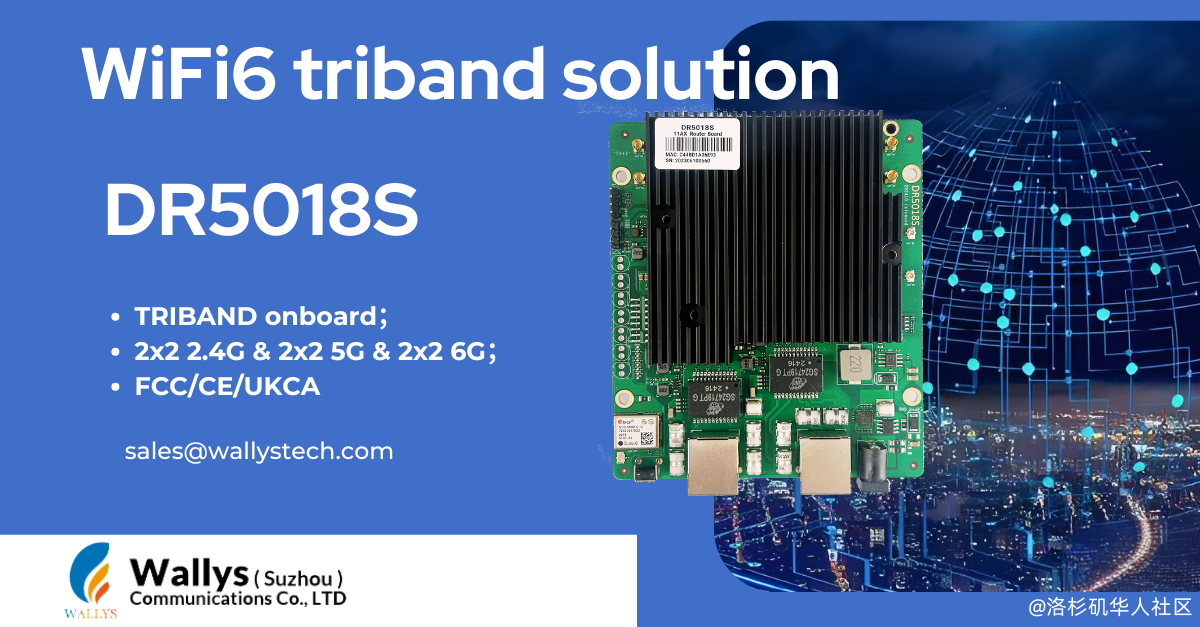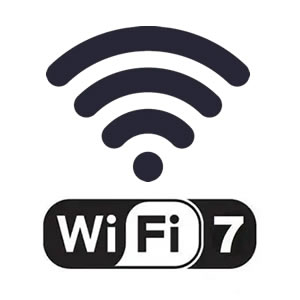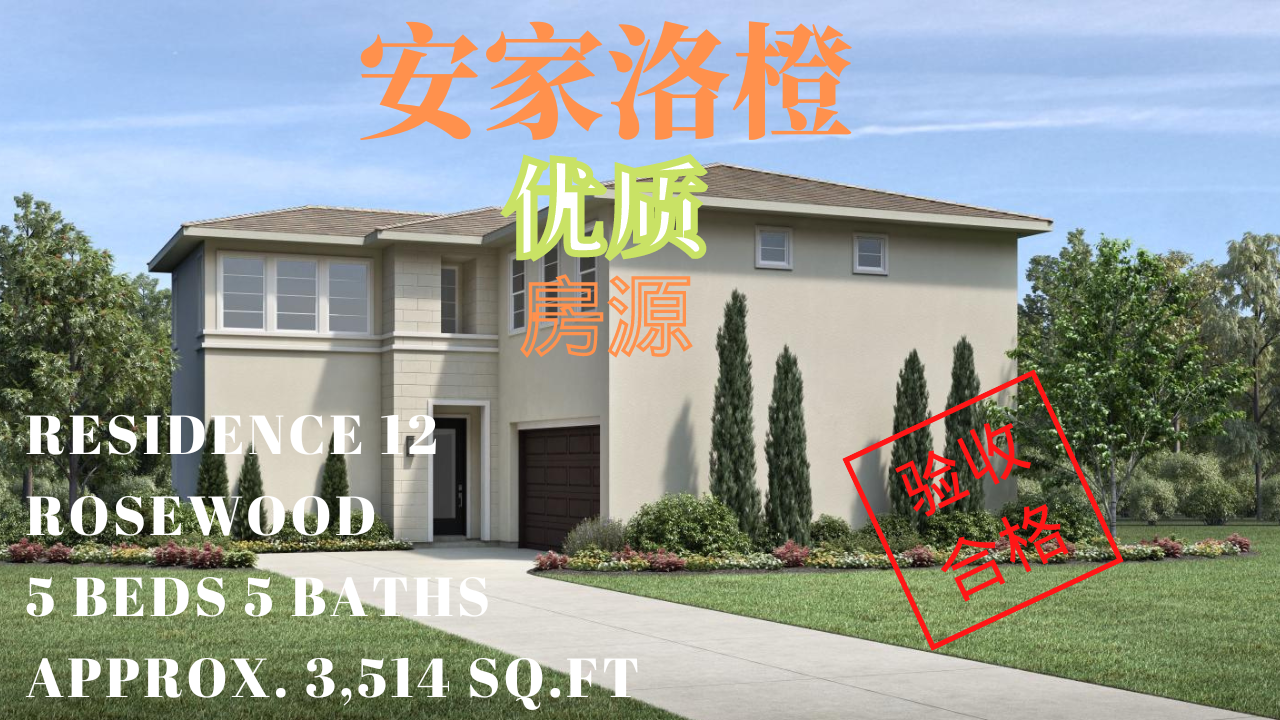As wireless communication technology continues to evolve rapidly, WiFi 6 (802.11ax) and WiFi 7 (802.11be) have become core drivers of the latest generation of wireless devices. Qualcomm’s IPQ5424 (WiFi 7 SoC) and IPQ5018 (WiFi 6 SoC) represent two different generations of wireless networking SoCs. This article offers a comprehensive analysis of these two solutions—from core architecture to wireless capabilities, processing power, I/O interfaces, power consumption, and application scenarios—to help OEMs, ODMs, and developers make better product decisions.
1. Basic Specifications Comparison
2. In-Depth Key Differences
1. Wireless Performance & Generational Leap
-
The IPQ5424, designed for WiFi 7, supports tri-band operation (2.4G + 5G + 6G) and includes key WiFi 7 features such as 4096-QAM and Multi-Link Operation (MLO) . Its wireless throughput significantly surpasses that of the IPQ5018, especially in congested environments where stability and bandwidth aggregation are critical.
-
The IPQ5018, a WiFi 6 SoC targeting mid-to-entry-level applications, supports dual-band operation with 2×2 MIMO but lacks advanced WiFi 7 capabilities.
2. CPU & Multitasking Capabilities
-
The IPQ5424 uses a quad-core Cortex-A53, offering 1.5–2x more concurrent processing power than the dual-core IPQ5018. This makes it better suited for handling multiple users and simultaneous device connections.
-
For platforms like OpenWRT, OpenWiFi, or edge computing use cases, the additional cores in IPQ5424 enable faster system response and task scheduling.
3. I/O & Expandability
-
The IPQ5424 supports a 2.5GbE Ethernet port, making it ideal for high-throughput data transfer. It also includes rich I/O options such as PCIe, USB 3.0, NAND, and SPI—suited for advanced industrial or edge network devices.
-
The IPQ5018 provides a simpler I/O setup, which is sufficient for cost-sensitive applications such as home repeaters or small business APs.
4. Power Efficiency
sales@wallystech.com
-
The IPQ5018 has lower power consumption, ideal for lightweight deployments or temperature-constrained environments.
-
The IPQ5424 consumes more power but implements dynamic power management for a balanced performance-to-power ratio, making it suitable for performance-intensive scenarios.
3. Typical Use Case Comparison
| Application Type | IPQ5424 Advantages | IPQ5018 Advantages |
|---|---|---|
| Enterprise AP / Edge Gateway | ✅ Better performance, multi-core, 2.5GbE | ❌ Lacks high-end performance |
| Industrial CPE / Outdoor AP | ✅ Tri-band & industrial-grade options | ✅ Power-efficient, temperature-hardened |
| Home / SMB Routers | ✅ Superior tri-band experience | ✅ Low-cost and flexible deployment |
| Mesh Network Nodes | ✅ Supports enhanced WiFi 7 mesh features | ✅ Ideal for budget-conscious mesh networks |
| OpenWRT / OpenWiFi Dev. | ✅ More memory & interfaces for development | ✅ Good for entry-level customization |
4. Future-Proofing & Ecosystem Value
-
IPQ5424 is positioned to be a mainstream mid-tier SoC for WiFi 7 over the next 3–5 years. It is compatible with front-end chips like QCN9274/QCN6274, making it ideal for building powerful tri-band platforms.
-
IPQ5018 remains a mature and stable solution in the WiFi 6 ecosystem. With its low BOM cost and wide deployment base, it’s still an attractive choice for cost-effective projects.
5. Conclusion
The comparison between IPQ5424 and IPQ5018 mirrors the broader technological evolution from WiFi 6 to WiFi 7. With enhanced wireless capabilities, higher processing power, and improved expandability, IPQ5424 stands out as the SoC of choice for next-generation networking devices. Meanwhile, IPQ5018 continues to offer solid performance for budget-conscious and legacy WiFi 6 deployments.
Recommendations:
-
Choose IPQ5424 if your project demands tri-band concurrency, high throughput, and enterprise-grade features.
-
Choose IPQ5018 for cost-effective, dual-band solutions with power efficiency.






































